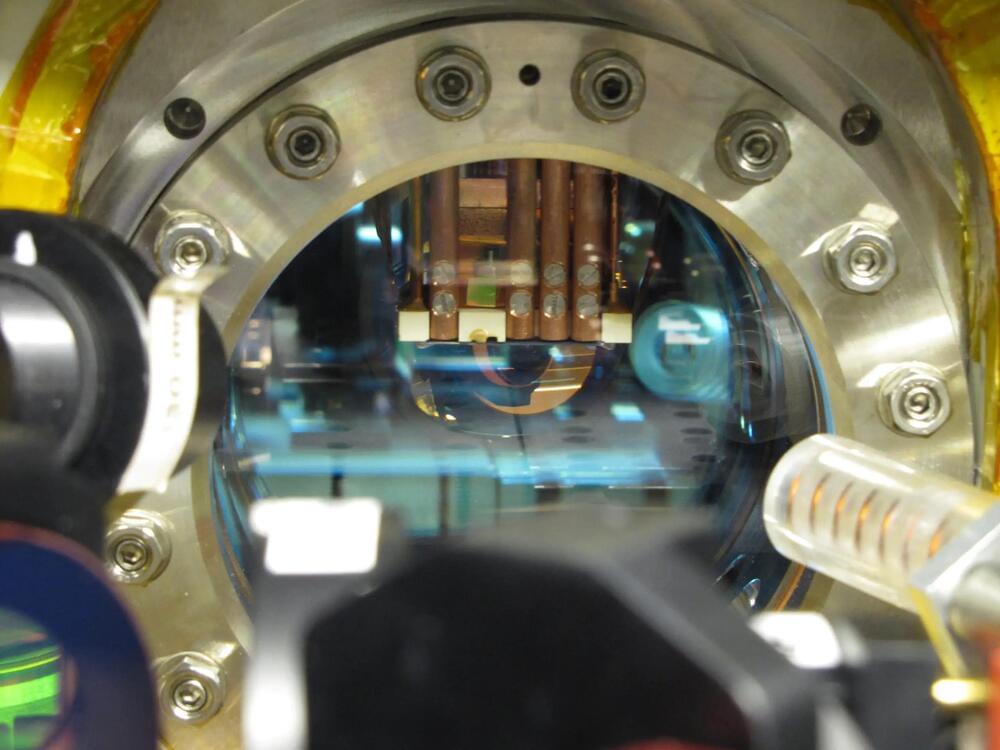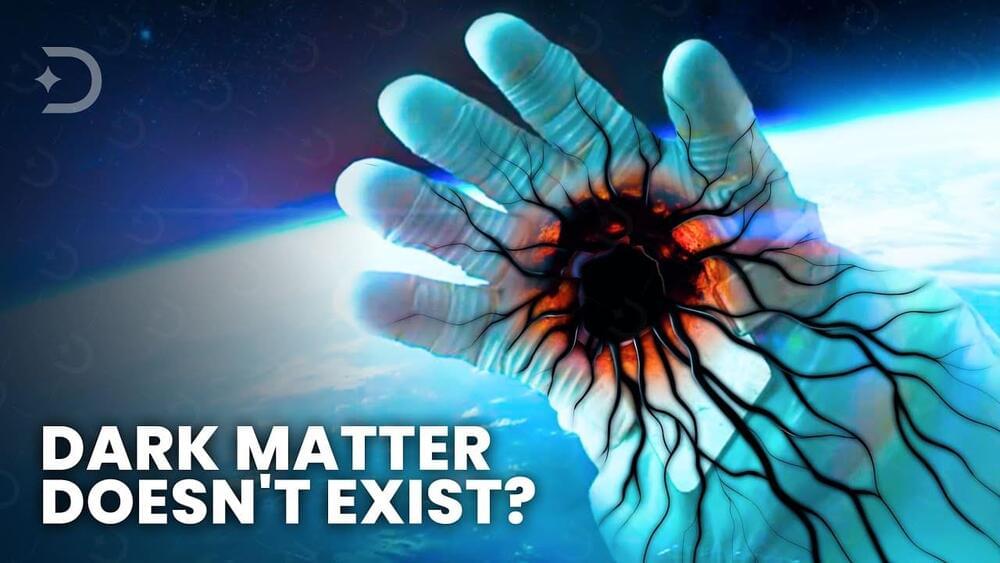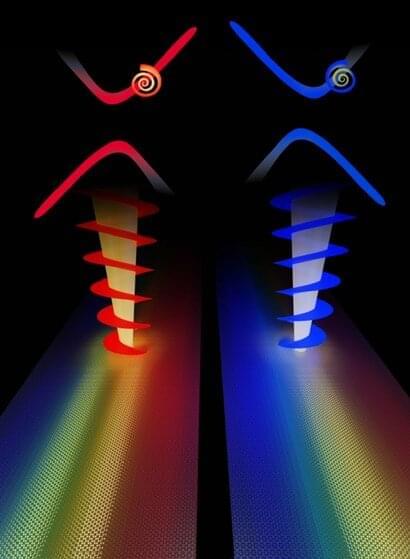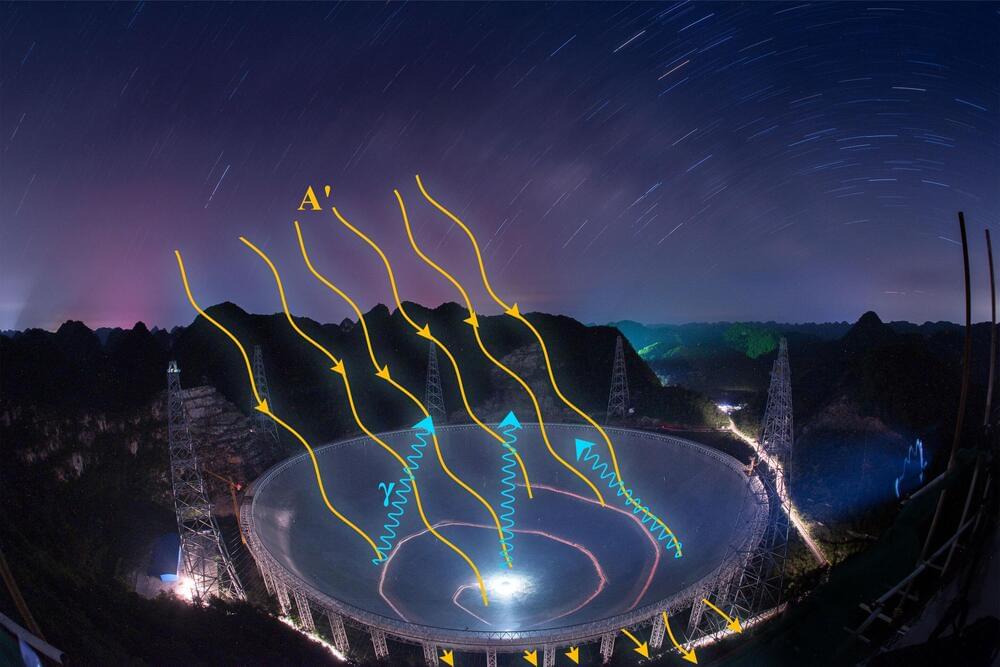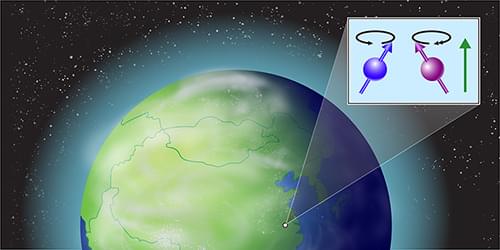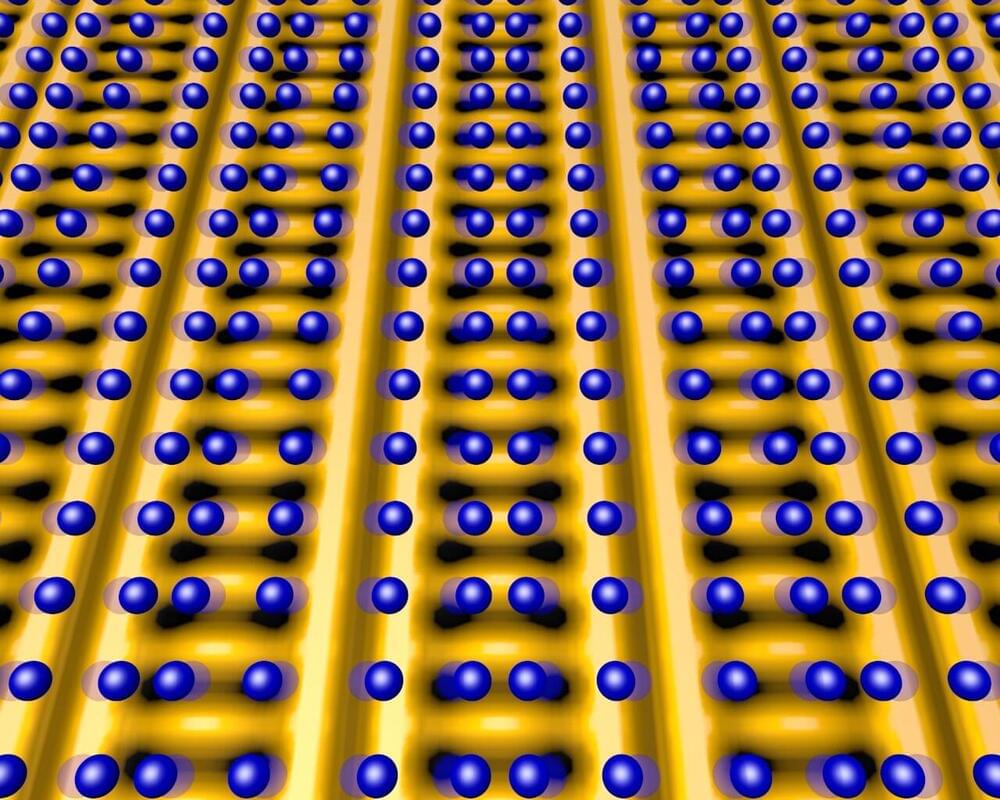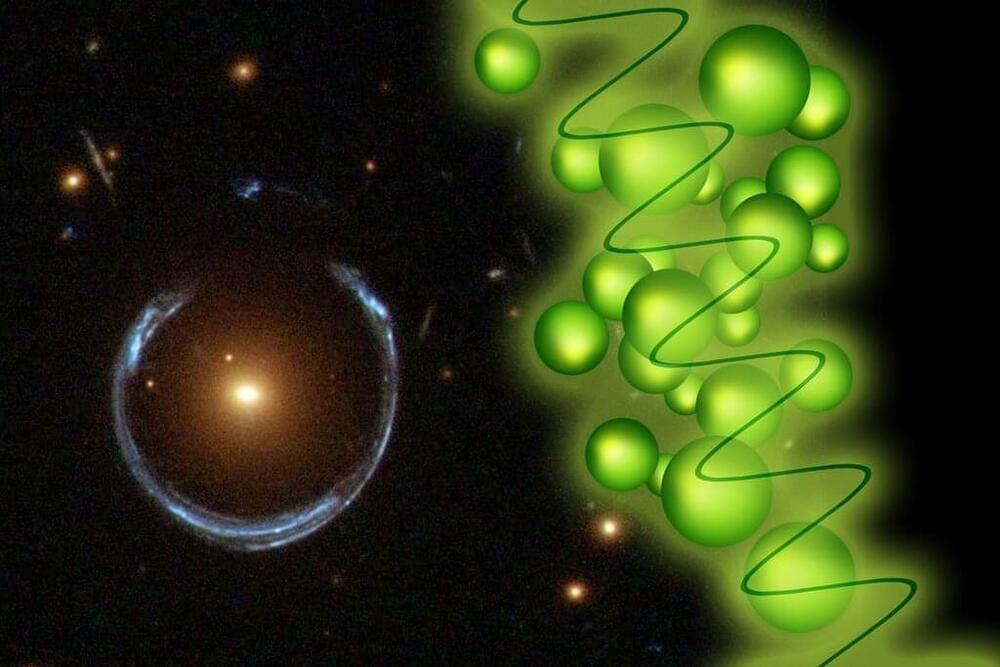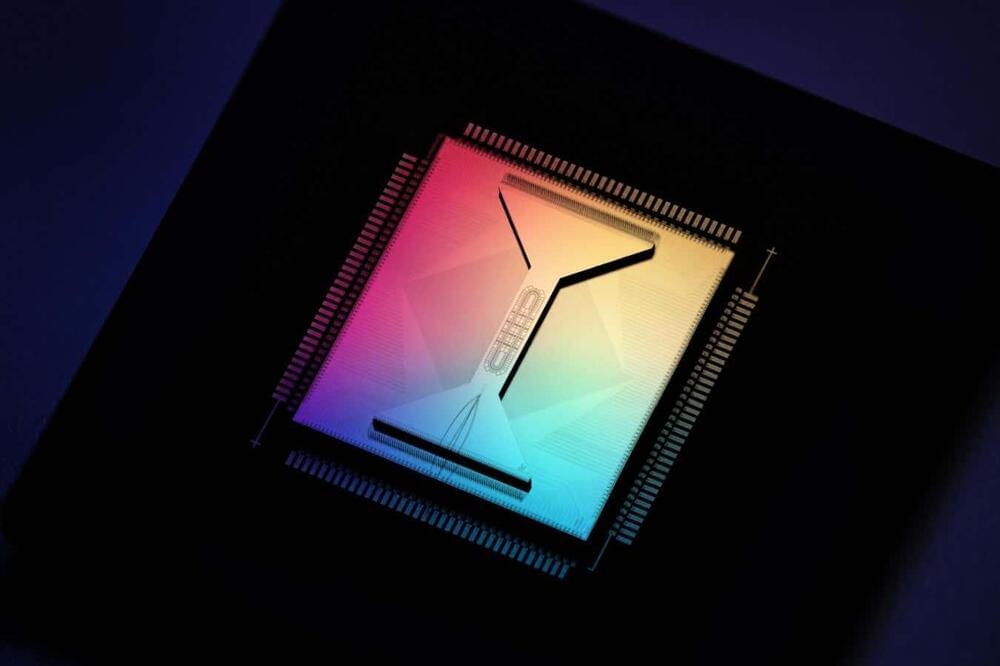May 19, 2023
Physics Breakthrough: First-Ever Measurement of a Quantum Paradox
Posted by Paul Battista in categories: particle physics, quantum physics
How do quantum particles exchange information? An intriguing hypothesis regarding quantum information has recently been validated through experimental verification conducted at TU Wien.
If you were to randomly pick an individual from a crowd who stands remarkably taller than the average, it’s quite likely that this person will also surpass the average weight. This is because, statistically, knowledge about one variable often gives us some insight into another.
Quantum physics takes these correlations to another level, establishing even more potent connections between disparate quantities: distinct particles or segments of a vast quantum system can “share” a specific amount of information. This intriguing theoretical premise suggests that the calculation of this “mutual information” is surprisingly not influenced by the system’s overall volume, but only by its surface.
